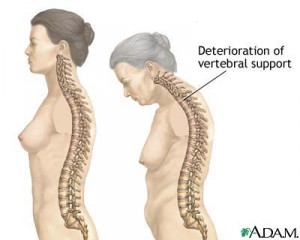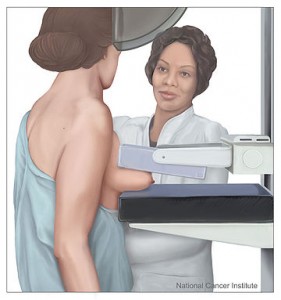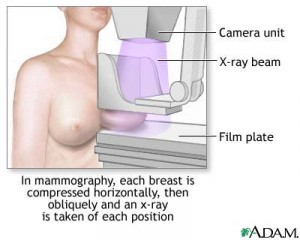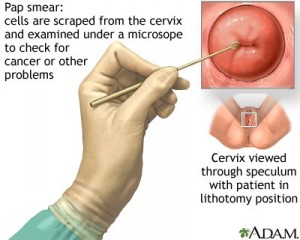We will not share your opt-in to an SMS campaign with any third party for purposes unrelated to providing you with the services of that campaign. We may share your Personal Data, including your SMS opt-in or consent status, with third parties that help us provide our messaging services, including but not limited to platform providers, phone companies, and any other vendors who assist us in the delivery of text messages.
These are the Terms and Conditions for Comprehensive Women’s Health Services. Regarding our SMS program:
- You will receive periodic messages from Comprehensive Women’s Health Services. Message frequency may vary. Reply STOP to unsubscribe or HELP for assistance, email staff@cwhsobgyn.com or call 315.788.2003. Standard messaging and data rates may apply. For more information, see our privacy policy at Privacy Policy.
- Opting In: By signing up for our SMS Program, you consent to receive Messages which may include appointment confirmations and rescheduling, 2FA via text from Comprehensive Women’s Health Services. Consent is not required for purchases. Message and data rates may apply. Frequency may vary.
- Opting Out: To stop receiving texts from Comprehensive Women’s Health Services, reply STOP to any message. You may receive a confirmation text upon opting out. Only these exact commands will be honored.
- Program Description: Messages may include appointment confirmations and rescheduling, 2FA
- Cost and Frequency: Standard messaging and data rates apply. Message frequency varies based on your engagement.
- Support: For help, reply HELP to any message or email staff@cwhsobgyn.com or call 315.788.2003. Opt-outs must be done via text.
For further inquiries, you can contact us at:
Comprehensive Women’s Health Services
622 Washington Street
Watertown, NY 13601
Phone: 315.788.2003
Fax: 315.788.7087
Comprehensive Women’s Health Services
622 Washington Street
Watertown, NY 13601
Phone: 315.788.2003
Fax: 315.788.7087
staff@cwhsobgyn.com
Comprehensive Women’s Health Services utilizes SMS for various communication purposes to enhance our services and user experience.
General SMS Usage:
We use SMS to send appointment confirmations and/rescheduling.
Two-Factor Authentication (2FA) Usage:
To enhance the security of user accounts, Comprehensive Women’s Health Services employs Two-Factor Authentication (2FA) via SMS. When a user attempts to reschedule an appointment, our system will send a unique verification code to their registered mobile phone number. The user must then enter this code to successfully complete the action. This adds an extra layer of protection against unauthorized access.
Here are sample SMS messages for Two-Factor Authentication from Comprehensive Women’s Health Services:
Comprehensive Women’s Health Services: Your verification code is: 123456
or
Comprehensive Women’s Health Services - Security Alert: Enter this code to verify your login: 987654





